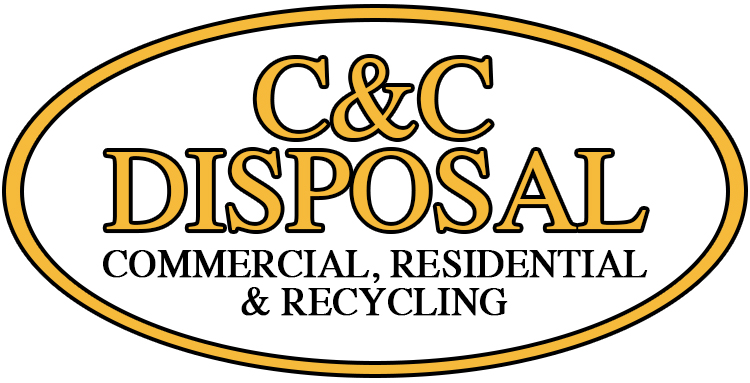
Whether you’re a flash flood survivor or a homeowner with bad luck, recovering from flood damage is tough. Use this guide to help get you through the worst of it and start over again.
- Remove Residual Mud and Dirt
Once the standing water has been pumped out, grab your boots, gloves, shovel and trash can. Use the shovel to toss any dirt the flood left behind into the trash can to carry out of your home. You can either dump it into your yard or into a dirt dumpster for disposal.
- Dispose of Items Damaged Beyond Repair
Unfortunately, not everything can be saved after a flood hits your home. Due to the risk of mold or mildew, most upholstered furniture will need to be tossed in your dumpster, along with any mattresses, box springs and pillows.
Wood furniture may be salvageable, depending on how high the water raised and how long the water stood. Check your wood furniture to see if it was structurally weakened by the water. If so, it should be thrown out as well.
- Set Up A Dry-Out Zone for Salvageable Items
Set up an area in an unaffected part of your home — or outside — where salvageable items can dry. Use an approved furniture cleaner and a clean cloth to wipe down each piece thoroughly. Once they have been cleaned, set them in your designated zone to dry and wait until the rest of your flood cleanup is complete.
All contaminated curtains should be taken down, washed and bleached (if possible) to disinfect them from polluted flood water. Rugs and other items may need to be sent to a professional cleaner. If they have been ripped or you want to avoid the hassle of finding a reputable cleaning service, you can toss rugs and carpets in your dumpster.
- Tear Out Damaged Flooring
Carpeted floors often can’t be cleaned after a flood. Water soaks quickly down to the carpet pad, and can damage your subfloor if not removed quickly. Wood or laminate floors that are warped should also be torn up and tossed.
- Check Walls for Bubbles and Soft Spots
Take a look at your walls to see if there are any bubbles or soft areas from water damage.
- Clean and Disinfect All Surfaces
One of the most important steps in cleaning up after a flood includes disinfecting and wiping down everything in the affected room(s). Dilute two tablespoons of bleach with one to two gallons of water in a bucket to wash down walls and prevent mold growth. Be careful not to over saturate the surface: use a stiff-bristled brush or wring out your towel before each use.
If there is mud or dirt on the walls, don’t sweep it up dry. Dust left behind from a flood can contain harmful bacteria. Instead, mist down the area and collect the residue with a wet/dry shop vacuum.

Recent Comments